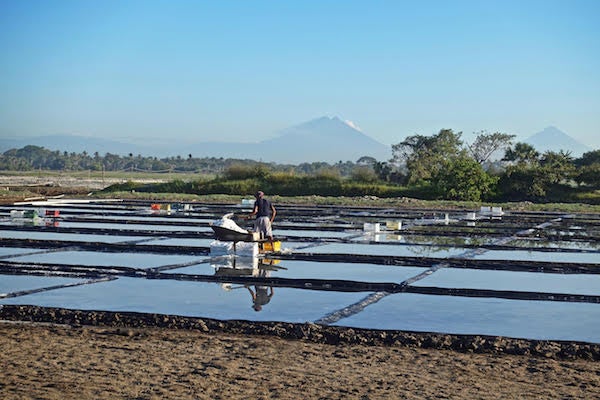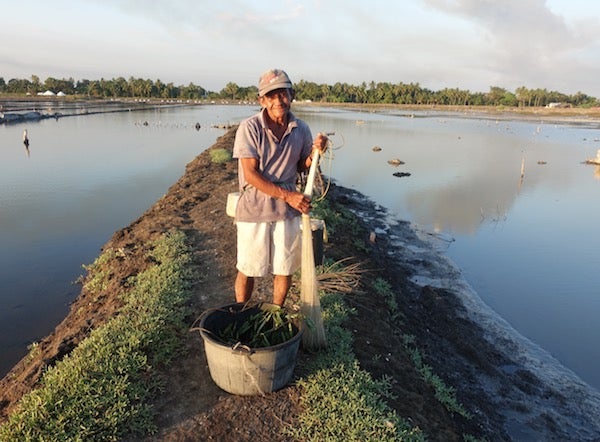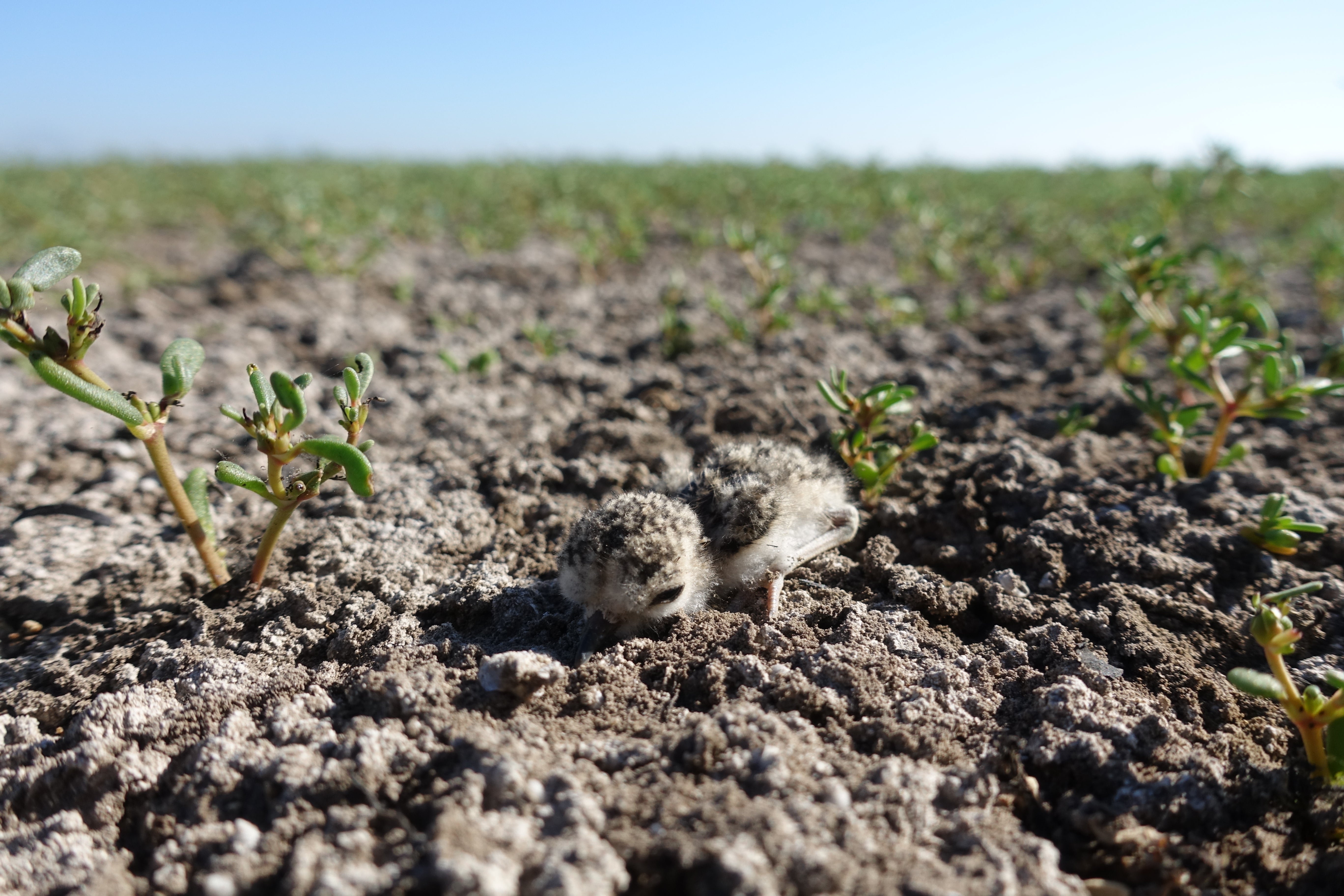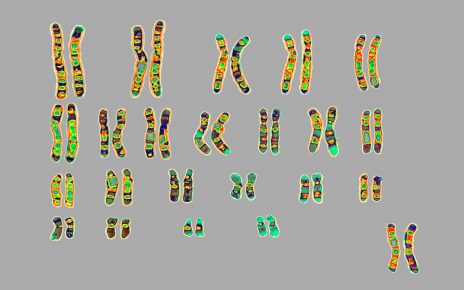Up and down the Pacific Coast of Guatemala, the sea’s edge gives way to volcanic sand, and zones of life that change with the tides and currents. Come dawn, at a low ebb; the receding water exposes mudflats like clay tablets dimpled with the zigzagging footprints of shorebirds. Sandpipers scurry across the soft earth by mangroves, flying in from their high-tide roosts to feed. Pelicans huddle by the dozens, commanding the scene with their iconic bills and gregarious nature. We glide through the estuary in our slender wooden boat to survey the waves of morning birds and drift close to flocks before they flush—the sky a commotion of wings and wails.
In our day-to-day lives, we see birds as a mere detail in our scenery, in our backyards, in our parks, backdrop. But here, in the tidal flats and mangrove forests, their presence is commanding. We are the visitors.
This protected estuary and lagoon of El Paredón, a small beach town with a trickling of tourism, sits in the middle of Sipacate-Naranjo National Park. It offers sanctuary to local and migratory shorebirds who depend on the refuge of mudflats, mangroves and estuaries, and the bounty of fish, crustaceans and other critters. Local species use this habitat year-round; travelers stop over to recuperate.
My field guide, a 28-year-old Guatemalan biologist named Varinia Sagastume, works across her country to introduce conservation management for shorebirds in farming and aquaculture communities. Her work is supported by the Coastal Solutions Fellows Program at the Cornell Lab of Ornithology and by the Wildlife Conservation Society (WCS) through their Arctic and Guatemala programs.
In recent years, when WCS scientists became gravely concerned about diminishing bird populations returning to the nesting grounds in the Arctic, they traced the likely impacts to losses along their migration route. In 2016, Guatemala’s Pacific coast was identified as a gap in our knowledge about migratory stopovers, and thus the international collaboration started.
“That’s why our support of Sagastume began, along with a systematic approach for coastal bird surveys and the threats they face in Guatemala.” says WCS’s Martin Robards.
Guatemala marks the midway point in the Pacific Flyway, a patchwork of coastal wetlands that you can trace on a map from the Alaskan Arctic all the way down to Chile. As the seasons change, millions of birds leave breeding grounds in the north to brave thousands of miles in pursuit of sustenance and ideal temperatures for the winter. This pilgrimage has existed for thousands of years, a passage that hundreds of species have charted and trusted for survival.
But the odds of survival have decreased harshly in recent years. The network of marshes, swamps, estuaries and tidal flats are being transformed for agriculture and aquaculture—the highly profitable salt and shrimp farms that have become a stronghold of Central and South American economies.
This destruction hurls the migratory system into peril. Lose too much habitat in any one place, and it affects the viability of the entire route. Migration is dangerous to begin with, and the loss of dependable, resource-laden places to rest, eat and stay warm means a distressing uptick in the number of adult birds who don’t survive the journey.
John W. Fitzpatrick, the director of the Cornell Laboratory of Ornithology and Nathan R. Senner, a scientist who studies migratory shorebirds, wrote recently in the New York Times: “A worldwide catastrophe is underway among an extraordinary group of birds—the marathon migrants we know as shorebirds. Numbers of some species are falling so quickly that many biologists fear an imminent planetwide wave of extinctions.”
The plight of species loss is overwhelming, even crippling, to contemplate. It’s tempting to fantasize about silver bullet heroics, but in practice, conservation is rarely as grandiose or as simple as setting aside sizable intact land bases labeled “no humans allowed.”
In reality, the preservation of other species depends on figuring out how to share our common habitats with them.
Sagastume, who is based in Guatemala City, often travels to El Paredón for her surveys to monitor the bird populations. The morning we explore the mudflats. Our boat guide Manuel Perez hands me a new bird guide he made. He looks it over with Sagastume, then gets excited by sighting a hawk. The waterways are his backyard, where once he hunted the birds. Thanks to a newfound perspective, gained by working with Sagastume, Perez now profits from bird tours instead. This site is one of many Sagastume identified as part of her efforts to educate communities about the significance of living within ecosystems with such a high level of globally significant biodiversity.
Just behind the estuary is a salt farm. We dock the boat against a bank of mangroves, then walk out to survey which birds are here. With the sharp decline in natural wetlands, some salt and shrimp farms that are appropriately managed have become alternative habitats for migratory birds.

Sagastume is the first in her country to study how birds use these artificial habitats. With that knowledge, she advises farmers on small tweaks that can offer enough protection for migrants to rest, refuel and then carry on to their next stop.
This one is abuzz with many species of birds. The operations are considered semi-intensive or “artesanal” and can accommodate biodiversity by preserving the earth and trees nearby; avoiding toxic chemicals, opting to use natural materials instead of plastic—and having workers who see birds as a helpful addition, not a nuisance.
In recent years, most of Guatemala has switched from this more bird-friendly type of farm to a hyperintensive model—ponds for salt and shrimp built in tight, crowded rows and using a plastic liner that separates earth from water. Where this is done, there are few to no birds, an eerie sight compared to the richness of the protected inlet or even the semi-intensive farms.

On a visit to a nearby shrimp farm, looking down from an ultralight aircraft, I now see what the birds see. I imagine scanning for a safe place to stop. Patches of pure greenery are rare. The coast is checkered by geometric segments of farms. Each plot diverts the ocean in sharp lines that fill scoops in the earth, where salt bakes under the powerful sun. The sea also supplies water for pools where shrimp grow plump for export.
My pilot, Alexander de Beausset, is a shrimp-farm manager who has embraced Sagastume’s guidance. He swoops the aircraft lower to point out tendrils of wetlands that reach into farms, strategically spared to serve as safe havens for birds. Sometimes, these are no more than an offshore shallow puddle or a planted strip of mangroves, but that’s still enough to make a difference for thousands of individual birds from dozens of species.
As the manager of Acuamaya, one of the most profitable shrimp farms in Guatemala, de Beausset has intuitive respect for the birds as part of the environment.
“The birds are great indicators to us for changes in the climate,” remarks de Beausset. Birds are considered a keystone species and their presence—or profound lack thereof—signals significant clues to the overall functioning of an ecosystem. “The rains and temperatures have changed how we farm. The birds tell us what to do.”
One of the many properties de Beausset manages, Mayasal, was converted from barren pasture to a semi-intensive shrimp farm. “The birds started coming as soon as we transformed it. It offered a degree of protection,” he says. “No one bothers them.” Roseate spoonbills, once hunted for their beautiful pink feathers, nest in the mangrove trees. “I’ve seen it change from nothing to something beautiful.”
Sometimes, encouraging others to care about birds starts with making something tiny visible. Pacing under the mind-numbing sun, I begin to zone out when suddenly I catch Sagastume drop keenly to the ground. “Careful,” she tells me. “I’ve found a chick.” She shows me a collared plover, an awkward adorable baby coated in stripes and dots of sparse fluff. Barely distinguishable from the dirt, and footsteps away from a working site, here is the first documented nest of a collared plover in Guatemala’s Pacific Coast.

This fragile little life is a heartening discovery, born into uncertain times, to parents who will do all they can to protect their young. We report their presence to the land managers who face the decision to develop or preserve the patch where the nest lies. A small beginning can sprout a more inclusive worldview: one where we can act on behalf of the rest of life in the pursuit of our survival. In doing so, we uphold this planet as a place where many species, not just ours, deserve to belong.



